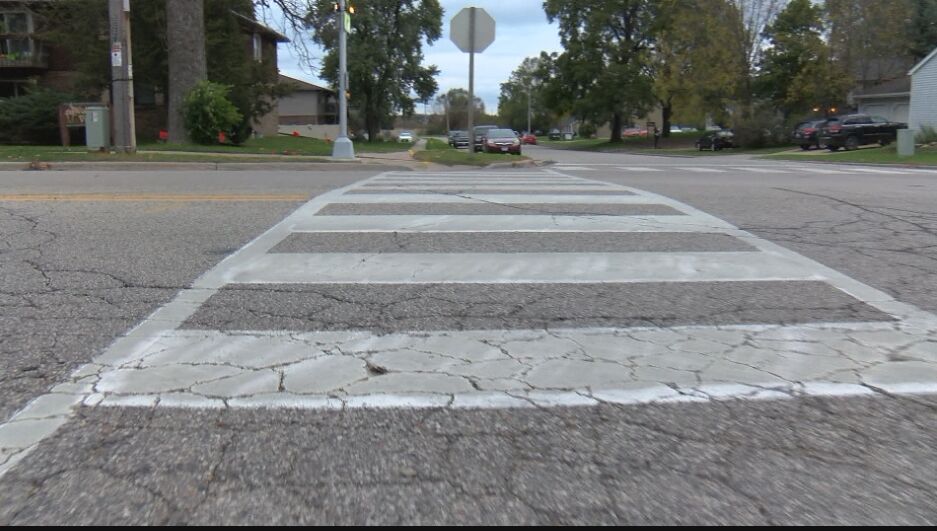

Stroads are some of the most dangerous places for walkers and bikers (not to mention drivers), because they feature high speeds, multiple travel lanes and numerous, complex curb cuts leading to strip malls.

Route 1 and Black Rock Turnpike are so hostile to human beings because they’re what Strong Towns founder Chuck Marohn refers to as “stroads,” or street-road hybrids. Leeper’s statement, we can’t simultaneously prioritize pedestrian safety and traffic flow. And being legally able to signal your intent to cross from the sidewalk when there are four lanes of traffic moving 40 mph is not a solution, either.
The pedestrian rules oct 1 drivers#
Post Road) or Black Rock Turnpike could tell you that lowering the speed limit won’t change drivers behaviors, because many already ignore the posted limit. Jennifer Leeper, D-Fairfield, referred to the bill as an “excellent step to improve pedestrian safety as well as the management of traffic flow and therefore, the overall health of Fairfield’s Post Road, Black Rock Turnpike, and Southport’s Pequot Avenue.”īut anyone who has spent time on Route 1 (i.e. We need to build streets that tell drivers to slow down, not streets with highway standards.įairfield - whose representatives admirably championed the bill - is a perfect example of the poor street design that plagues Connecticut. In other words, people look to the design of the road to tell them how fast to drive, not the posted limit. As UConn Law professor Sara Bronin wrote in CityLab, “People drive the speeds the roads ‘tell’ them to drive,” not necessarily what the speed limit is. Unfortunately, just lowering the posted speed limits will not actually slow down cars. If the car is going roughly 40 miles per hour - the de facto travel speed for many of our main roads in Connecticut - the pedestrian survives a collision only 10% of the time.

Increase a car’s speed to 30 miles per hour, and the survival rate goes down to 50%. If a car is traveling 20 miles per hour, a person survives a collision 90% of the time.


 0 kommentar(er)
0 kommentar(er)
